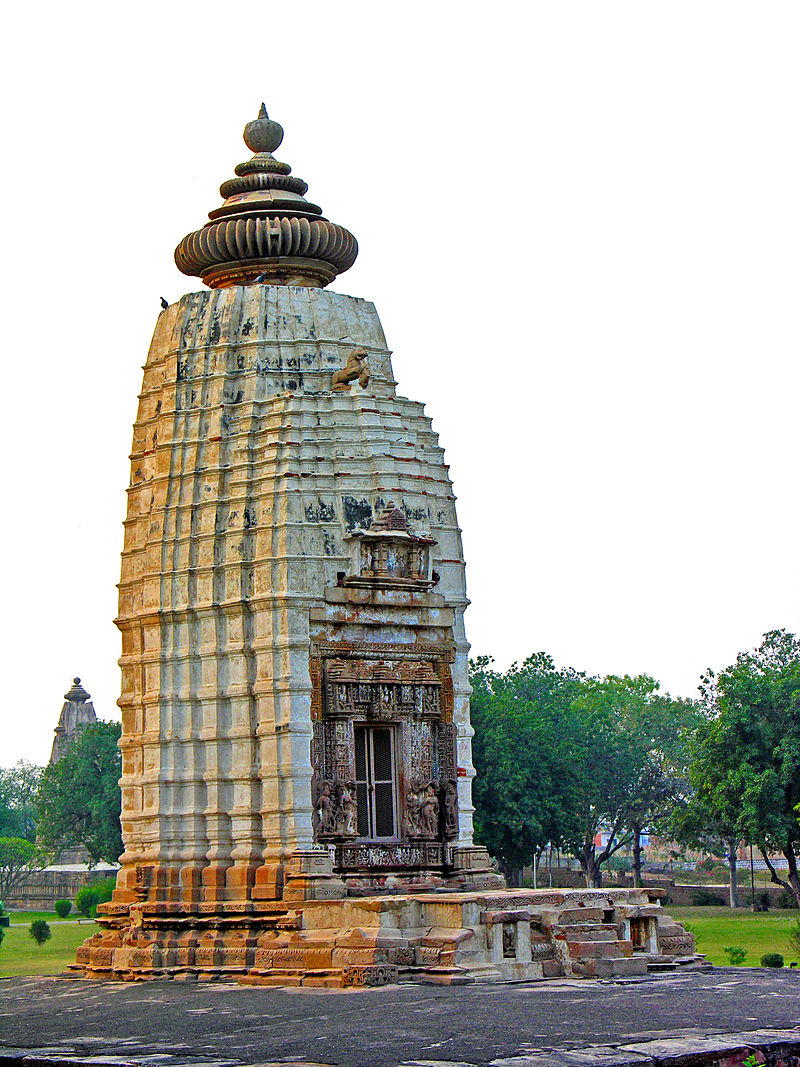Madhya Pradesh Switch to Hindi
CAG Report Raises Concern on Rising Pollution in Kshipra
Why in News?
According to the report of the Comptroller and Auditor general (CAG) of India, despite interventions of several state government agencies, Kshipra river continues to remain polluted.
Key Points
- It points out that because of the mismanagement of the Kshipra sub-basin and the indiscriminate exploitation of groundwater, the natural flow of the river has been reduced.
- The report states that waste of local urban bodies has been flowing into the river.
- Insufficient treatment of industrial waste, pollution on the riverbed have led to deterioration of Kshipra water quality and its tributaries.
- The CAG has recommended in its report that Madhya Pradesh pollution control board must ensure proper and sufficient watch on industries.
- The report on the public works department mentions delay in completion of under-construction bridges in the state and stated that out of 72 sample bridges which were examined across five divisions between October 2020 and September 2021 only nine had been completed on time.
Kshipra River
- It is a perennial river of Madhya Pradesh state
- It originates in the Vindhya Range from a hill called Kakri-Tekdi, which is in the north of Dhar and situated at a distance of 11km from Ujjain.
- This river is 195 km long, out of which 93 km flow through Ujjain.
- It flows across the Malwa Plateau to join the Chambal River.
- Religious Significance:
- The Puranas, or ancient Hindu texts, put forward that the Kshipra originated from the heart of Varaha, Lord Vishnu’s incarnation as a boar.
- Also on the banks of the Kshipra is Sage Sandipani’s ashram or hermitage, where Krishna, Lord Vishnu’s eighth incarnation, had studied.
- It finds mention not only in ancient Hindu texts but also in Buddhist and Jain scriptures.
- The holy city of Ujjain is located on the right bank of the Kshipra River. The famous Kumbha Mela takes place in the ghats of this city, once every 12 years, a yearly celebration of the river goddess Kshipra.
- Its major tributaries are Khan and Gambhir.
Madhya Pradesh Switch to Hindi
ASI Excavates Gupta Era Site in Madhya Pradesh to Find Relics
Why in News?
Recently, the Archaeological Survey of India (ASI) is excavating the site in Nachne village of Madhya Pradesh’s Panna district to find relics of one of the oldest temples of India and to study the condition of ancient temples.
Key Points
- The site is in close proximity to two ancient temples- a Gupta-Era Parvati Temple- and Chaumukhi Temple, built by the Kalachuri Dynasty.
- The excavation work is underway on Chaumukh Nath Temple premises, which houses an 8th-century four-faced Shiva Linga.
- As per ASI, the Shiva Linga has been carved out with remarkable vitality, especially the fierce open-mouthed face of the god on its south side.
- As of now, ASI excavated two mounds and after brushing off centuries of earth, layers of bricks have been undiscovered.
- The objective of excavation in Nachna is to see the condition of ancient temples in India and how temples evolved and developed.
- The site has eight archaeological mounds and the excavation team has got permission to dig two mounds.
Chaumukhi Temple
- It is located in the Panna district of Madhya Pradesh.
- It is dated to the 9th century Kalachuri Dynasty era.
- These temples illustrate a North Indian style of Hindu temple architecture.
Parvati Temple
- Parvati temple of Nachna is dated back to the Gupta period. It was built in the 5th century.
- This temple is Constructed on a terrace, 35 feet wide, this temple is composed of a small square sanctum, 15 feet side.
Archaeological Survey of India (ASI)
- ASI, under the Ministry of Culture, is the premier organization for the archaeological research and protection of the cultural heritage of the nation.
- It administers more than 3650 ancient monuments, archaeological sites and remains of national importance.
- Its activities include carrying out surveys of antiquarian remains, exploration and excavation of archaeological sites, conservation and maintenance of protected monuments etc.
- It was founded in 1861 by Alexander Cunningham- the first Director-General of ASI. Alexander Cunningham is also known as the “Father of Indian Archaeology”.
- It oversees all archaeological undertakings within the nation by the Ancient Monuments and Archaeological Sites and Remains Act, of 1958.


.png)




.jpg)























.png)


.jpg)

 PCS Parikshan
PCS Parikshan



